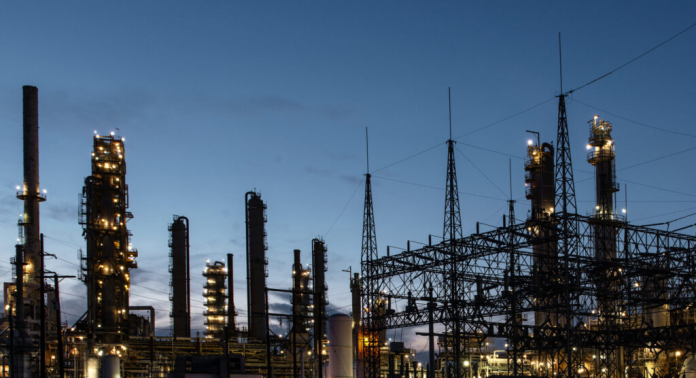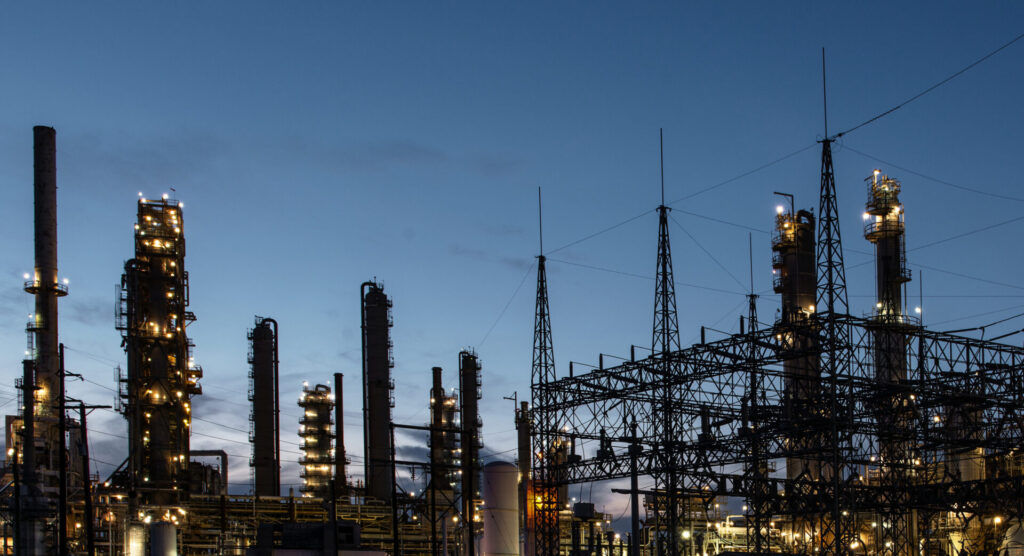
The European Commission’s new sanctions proposal attacks one of the most geopolitically strategic and technically complicated veins of Russia’s energy commerce liquefied natural gas. President Ursula von der Leyen’s appeal to “turn off the tap” on Russian LNG is the flagship of the bloc’s 19th sanctions package, aimed at draining the fossil fuel revenues fueling Moscow’s war on Ukraine. But the measure has implications far beyond politics, targeting the engineering, logistics, and infrastructure that support Arctic LNG production and Europe’s shifting energy system.
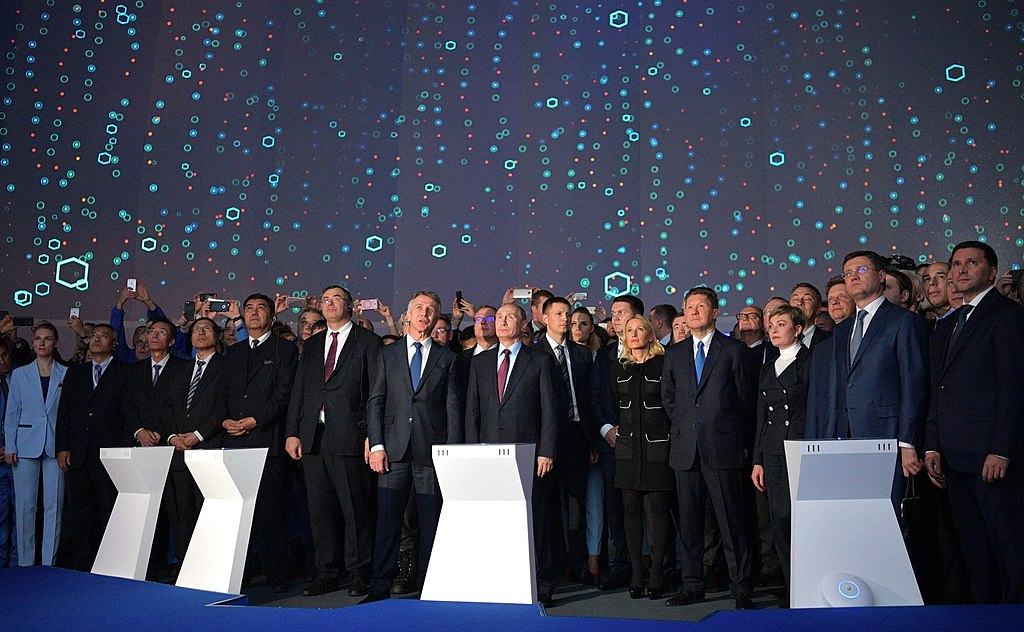
1. A Strategic Shift in Sanctions Policy
The proposed prohibition would bring the EU’s phase-out of Russian LNG imports forward to January 1, 2027 a year earlier than the existing deadline. Russian LNG accounted for 16 percent of EU imports in the previous year, led by Europe as its biggest buyer. This follows previous limits on transshipment at EU ports, which derailed the transport of Yamal LNG cargo to Asia. EU foreign policy chief Kaja Kallas highlighted the motive “Moscow believes it can continue to wage its war. We are ensuring that it pays for this.”
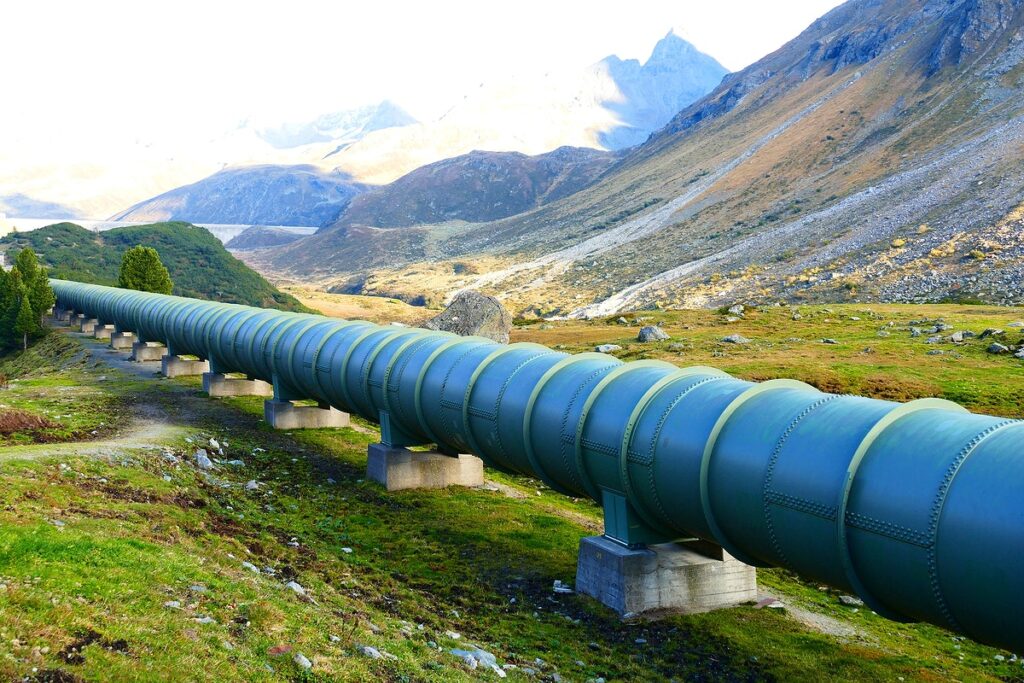
2. Hungary and Slovakia’s Resistance
Consensus is still in doubt. Russia’s main customers in Central Europe, Hungary and Slovakia, have threatened to veto proposals that endanger supply without sufficient alternatives. Slovak Economy Minister Denisa Sakova emphasized the requirement for “the right conditions in place otherwise we risk seriously damaging our industry and economy.” These landlocked countries are at the remote end of Europe’s gas network, where infrastructure bottlenecks exaggerate risks to supply.
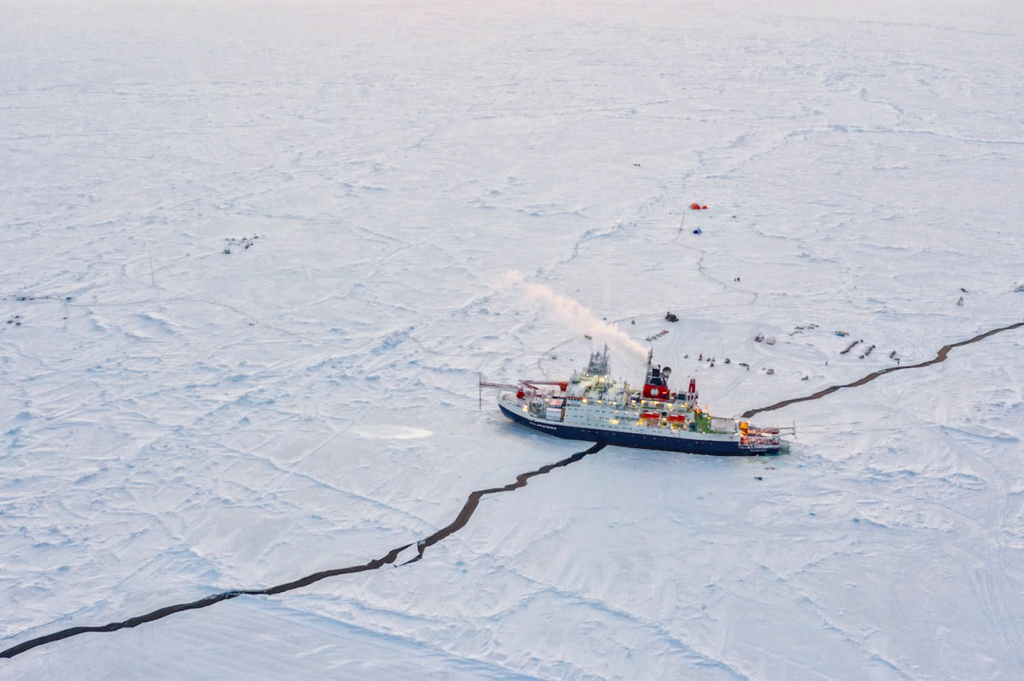
3. LNG Production and Arctic Engineering
Russia’s Yamal LNG project deep in the Arctic relies on a fleet of 15 Arc‑7 icebreaking LNG ships all constructed in South Korea and none owned outright by Russia. The ships, with their ability to break ice more than two meters thick, are vital to making exports throughout the year. Their dual-fuel engines and strengthened hulls enable them to make it through the Northern Sea Route to Murmansk, where cargoes are offloaded to conventional carriers for further delivery.
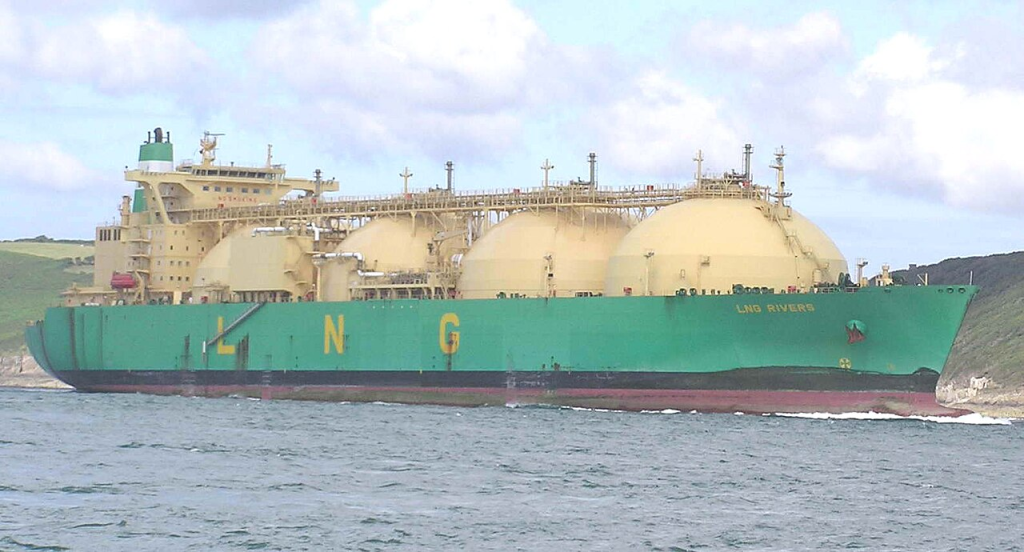
4. Western domination of the supply chain
In spite of attempts by Moscow to rechannel transshipments to Murmansk following the EU port ban, the entire enterprise is still entrenched in Western-dominated systems. Arc-7 carriers are owned by firms in G7 countries and insured in venues like the UK and Japan. The second half of the trip traditional LNG carriers is also controlled by the West in terms of ownership and cover. Such reliance is a structural weakness that sanctions might target by limiting the use of vessels and cover.
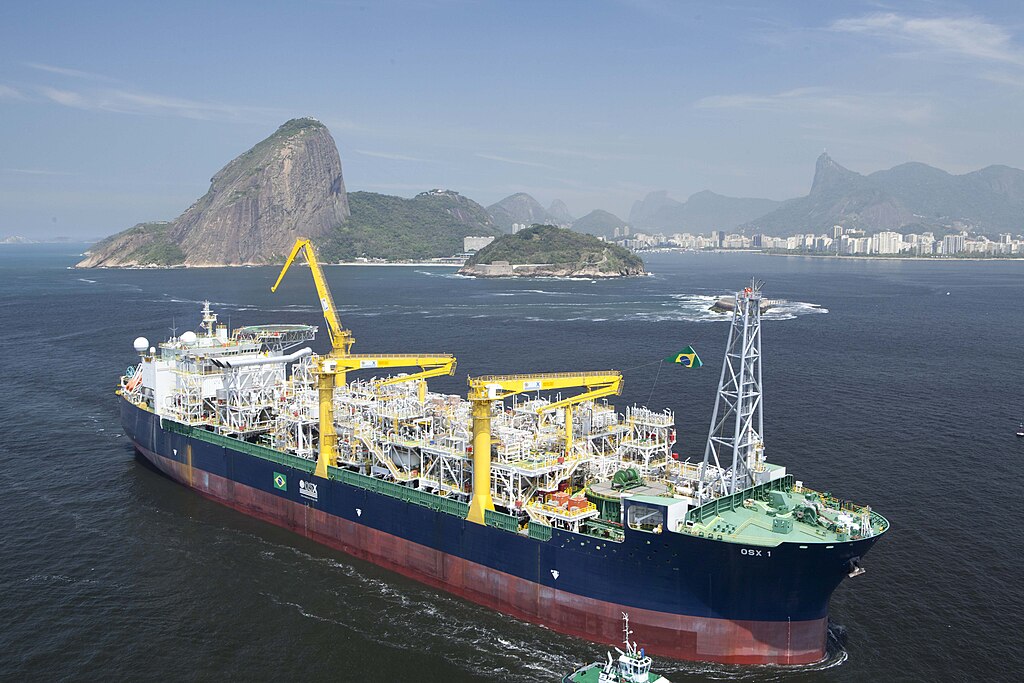
5. Regasification Capacity and European LNG Readiness
Since 2022, Europe has committed 52 million tonnes per year of LNG regasification capacity, and a further 41 MMtpa are expected by 2030. Germany, previously with no LNG terminals, now has 17 MMtpa of floating storage and regasification vessels, with land-based terminals in progress. Italy, the Netherlands, Croatia, and Greece have increased capacity as well, such that LNG can offset missing Russian pipeline volumes via Nord Stream and Ukraine. Commentary LNG Regasification Capacity in Europe Grows Substantially
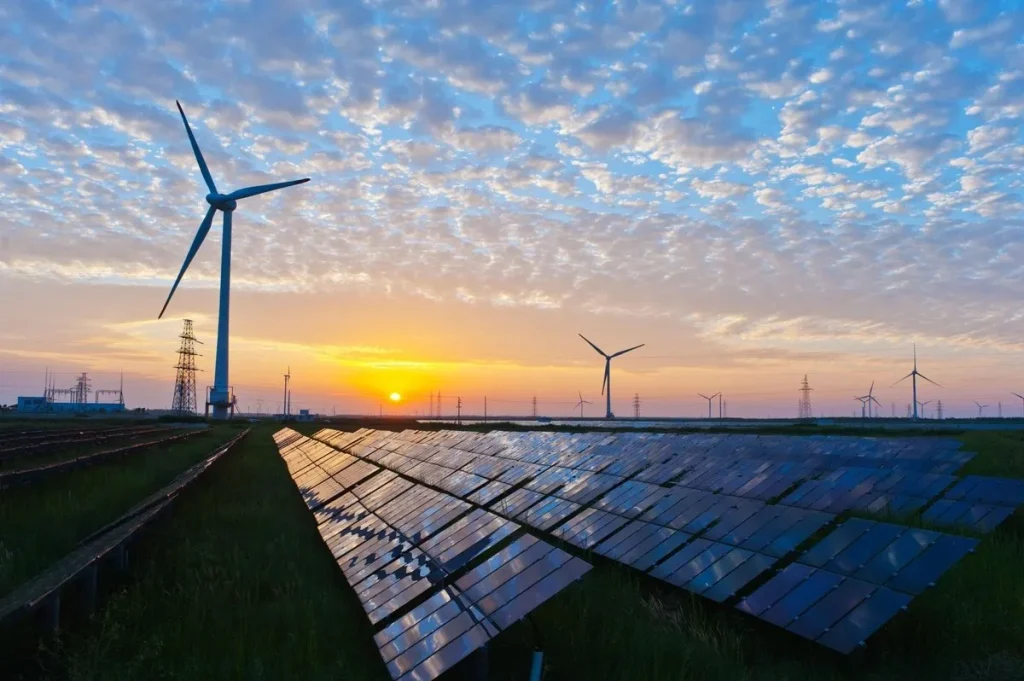
6. Renewable Energy Integration
The sanctions are part of the EU’s REPowerEU plan, which has reduced Russian gas imports from 45% in 2022 to 19% in 2025. Billions of investment are being poured into wind and solar schemes, aided by the European Investment Bank’s €5 billion wind financing package. Wind capacity will double by more than 440 GW by 2030, and this will need an investment of €600 billion. Energy storage, such as green hydrogen, will grow to 85 GW, providing grid stability as fossil fuel imports reduce.
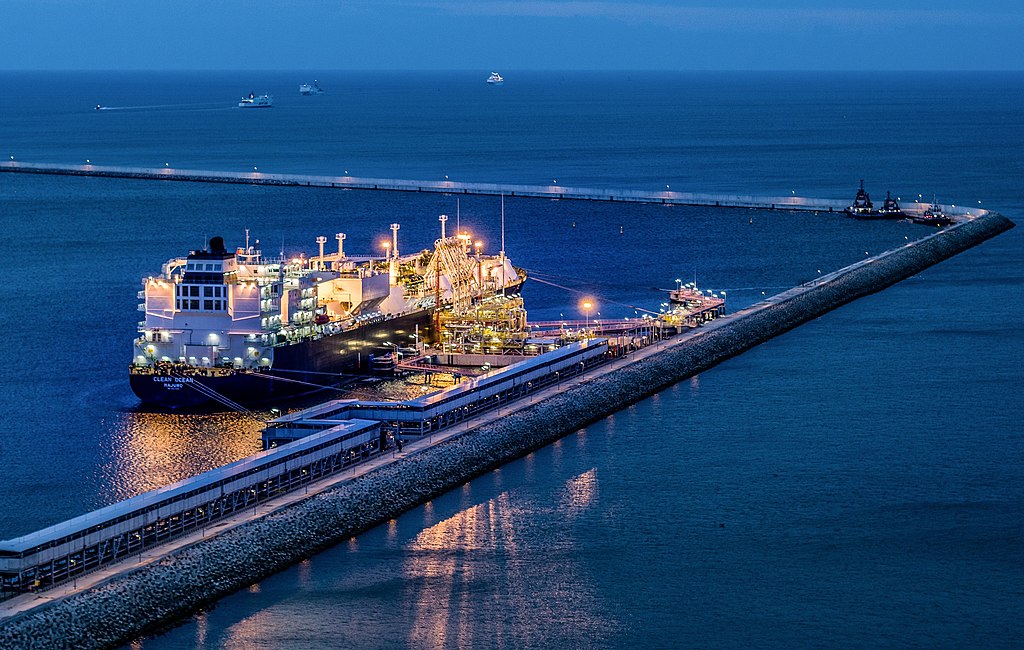
7. Global LNG Market Dynamics
The EU’s turn has reshaped global LNG commerce. US LNG is currently 50% of European imports, replacing Russian volumes and diverting Asian cargoes. This adaptability is due to free-on-board agreements permitting rapid switching to higher-paying markets. Yet, dependence on US supply entails that Europe faces the volatility of price fluctuations based on global demand fluctuations and geopolitical risk.

8. UK Sanctions and the Shadow Fleet
Parallel to EU measures, the UK has sanctioned Georgian businessmen and two oil tankers linked to Russia’s “shadow fleet” aging vessels used to circumvent restrictions. Minister of State Stephen Doughty said, “We’re cutting off another lifeline by targeting and deterring those in Georgia who provide support for Putin’s illegal war in Ukraine.” The targeting of logistics networks complements EU efforts to disrupt Russia’s maritime energy trade.
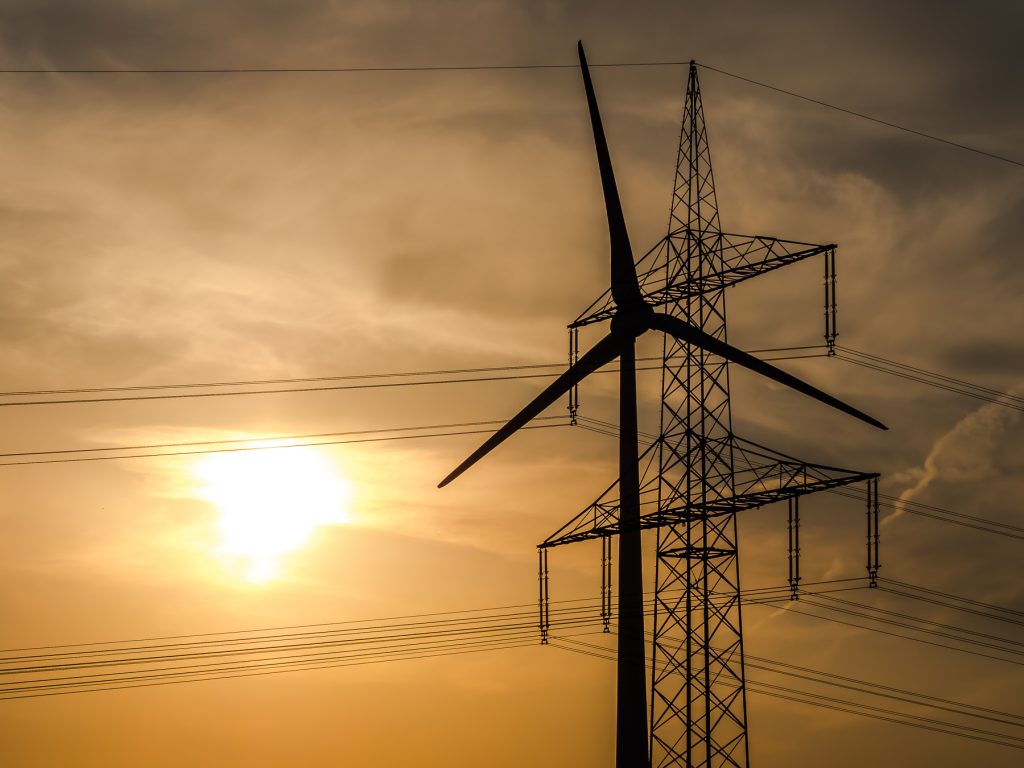
9. Engineering Bottlenecks in Russia’s LNG Expansion
The EU prohibition on the supply of goods, technology, or services for Russian under-construction LNG projects like Arctic LNG 2 risks delaying or increasing the cost. The projects call for sophisticated cryogenic heat exchangers, gas turbines, and control systems sourced predominantly from Western suppliers. Coupled with US sanctions, the measures could put Russia’s plans to expand Arctic LNG capacity and create back-up alternatives to EU-connected transshipment routes at risk.
The EU’s sanctions on LNG therefore act on several fronts reducing direct imports, limiting Russia’s capacity to access other markets, and speeding up Europe’s transition to renewables. How the confluence of maritime engineering, infrastructure preparedness, and geopolitical configurations plays out will decide whether or not policy gives Moscow’s oil revenue a knockout punch or simply creates another logistical adjustment.
